
Award-winning photographer Hugh Kinsella Cunningham travelled with Save the Children to Kasai province in the Democratic Republic of Congo, to visit their life-saving work in the region and capture the devastating impact of the food crisis on the families who live there.
The images tell the stories of their fight for survival, the daily struggle to find food to feed their children and their hope that one day there will be a brighter future.
Mothers describe forsaking meals so that a daughter may eat instead, undertaking back-breaking field labour to earn small amounts of money and the threat of losing children to starvation.
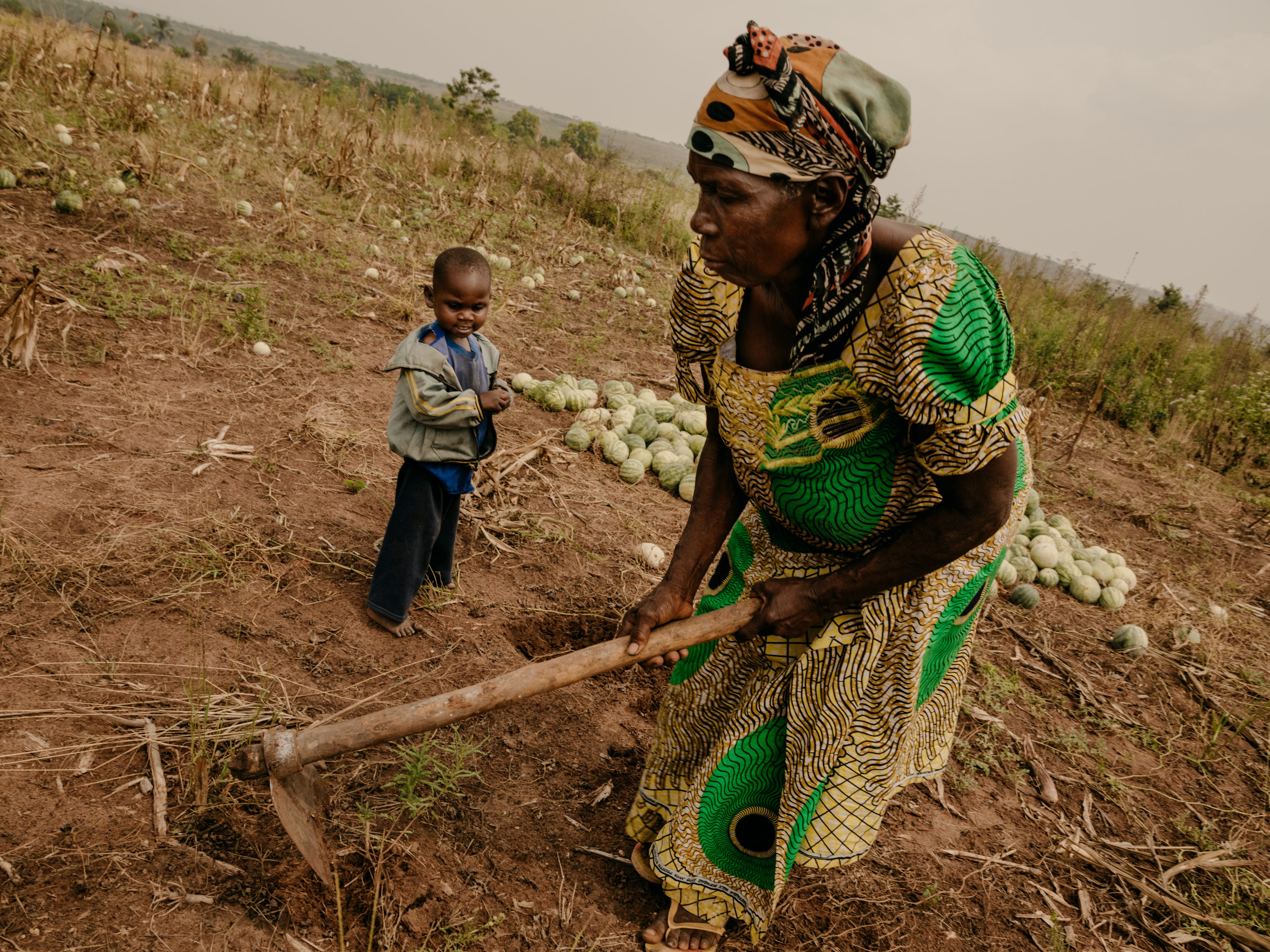
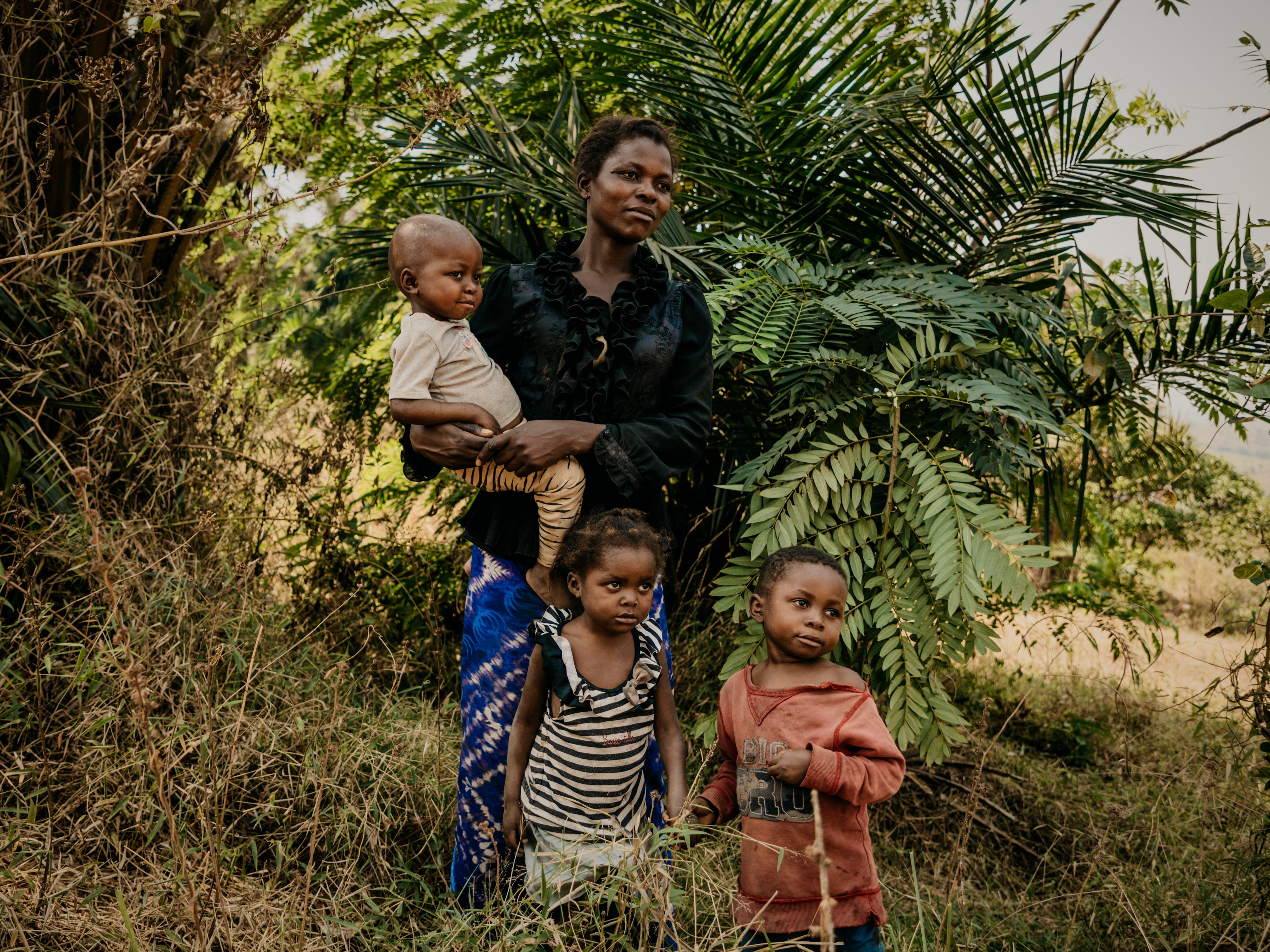
The hunger crisis in Democratic Republic of Congo is the largest in the world, with some 27 million people experiencing high levels of food insecurity in the country. This is particularly apparent in children and young mothers who are the most vulnerable groups, and the situation could get worse.
Latest statistics show that there are likely to be 860,000 children and 470,000 pregnant or breast-feeding women across the country who will suffer from severe malnutrition in 2022, including more than 200,000 children who will require urgent medical care.
Kasai has been consistently affected by food insecurity but now the lasting legacy of a brutal conflict, failed harvests, Covid-19 and rising food prices have created a perfect storm for extreme hunger. Some areas of the province are deemed to be in an “emergency” food insecurity phase, which is one step below famine.
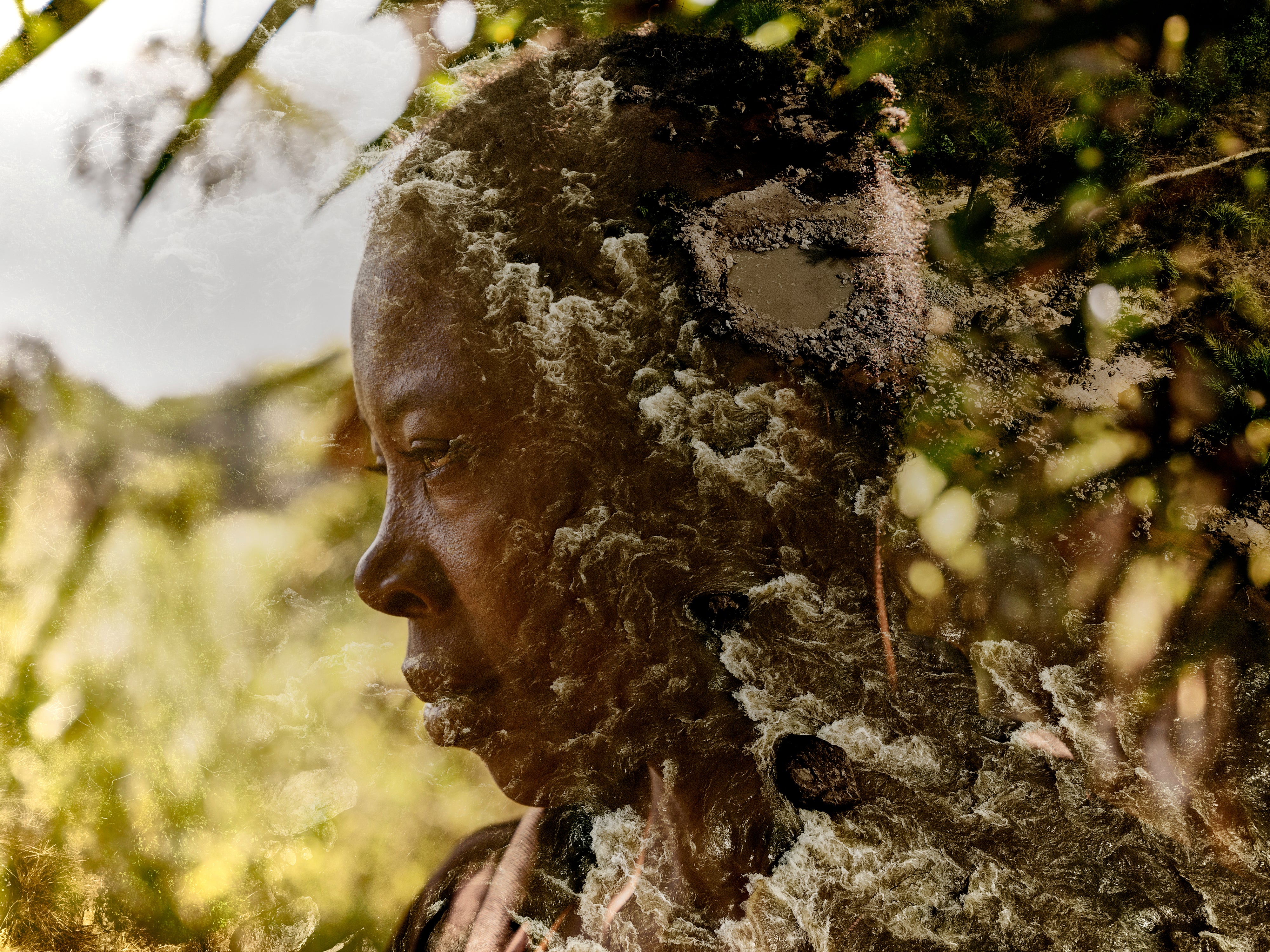
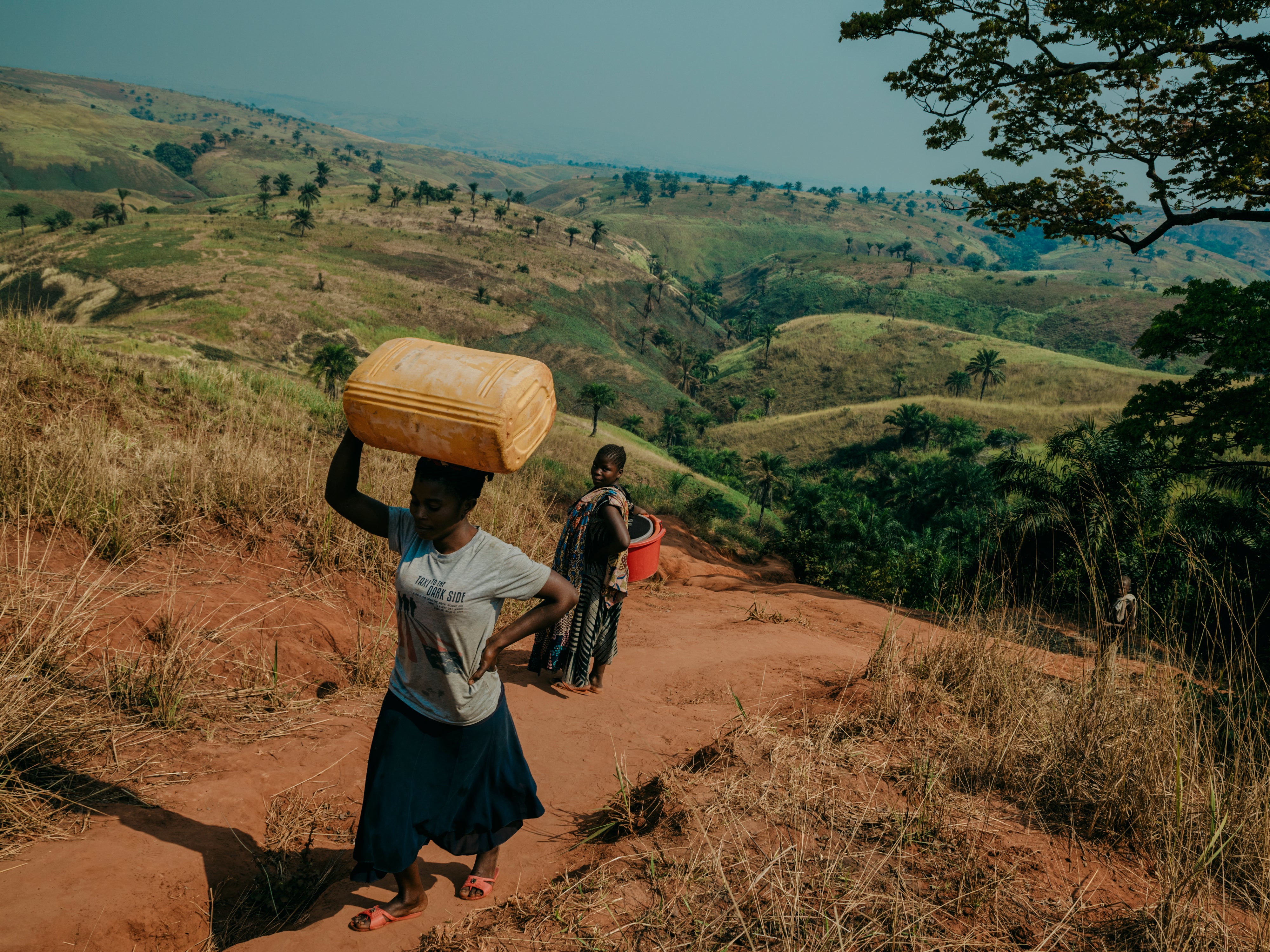
Delly*, 32, lives in a town in Kasai province with her husband and 10 children. She earns just 50 cents a day doing agricultural work, which isn’t enough to feed her family.
She says that if they don’t work, they don’t eat and sometimes she’s only paid with cassava leaves. Her three-year-old boy Joseph* just survived severe malnutrition, but her other son Matisse is very unwell.

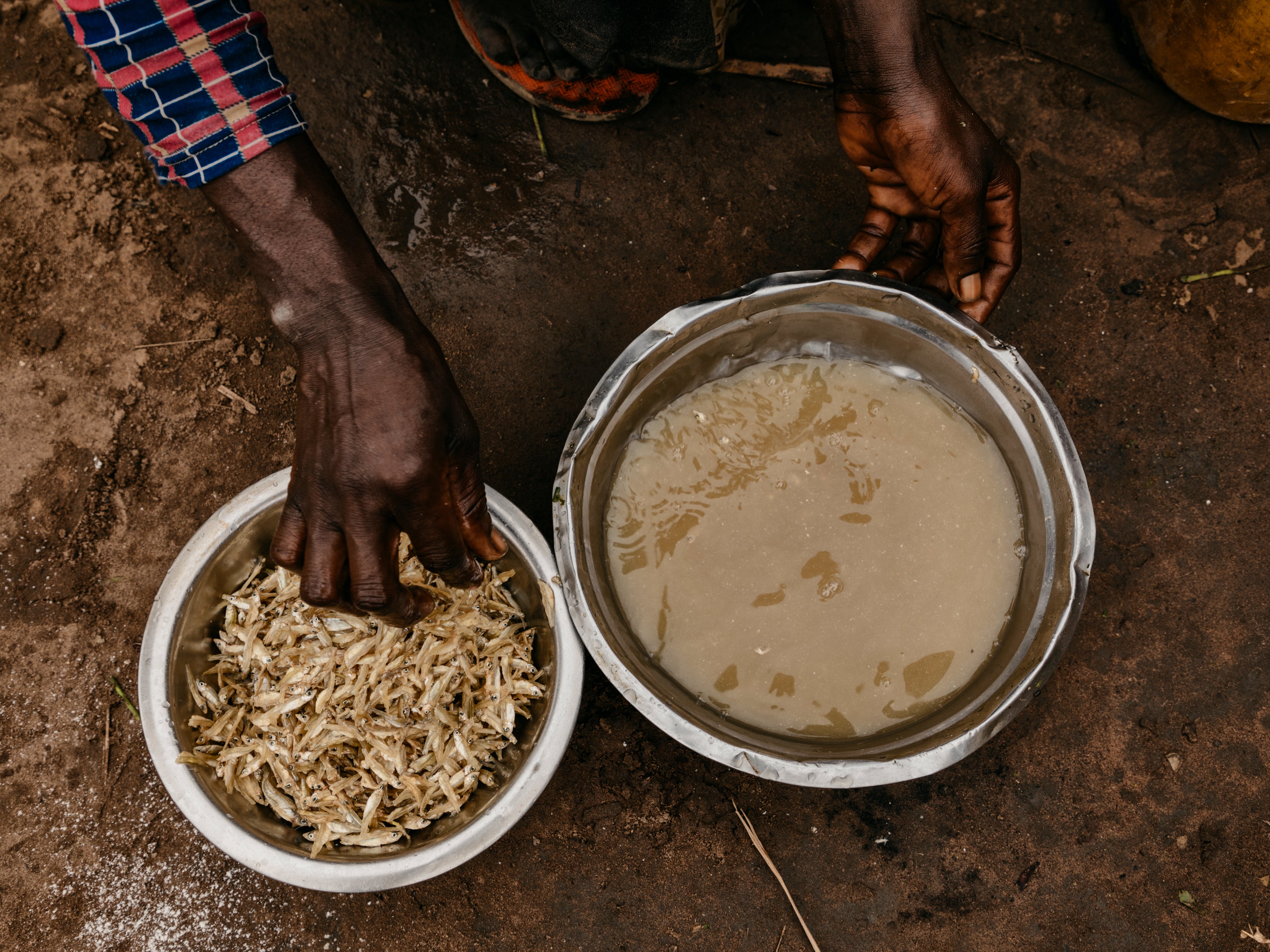
She said: “There is a shortage of food in the market here, not even a seed of corn right now. If there is no food in the house, the children start to cry, they just cry.
“We eat only cassava. When my children eat this, they don’t get full. If we don’t have enough, their dad will go hungry and lets the children eat his food. If we don’t get any work, then we sleep hungry.”
Bijoux*, 23, was displaced by the conflict several years ago, and now tries to make a living as a farmer. Her one-year-old daughter Eloise is suffering from severe malnutrition and receiving emergency support at a Save the Children supported health centre.
She works in the fields to make a living, despite being eight months pregnant, and only eats once a day, often spending her nights hungry.
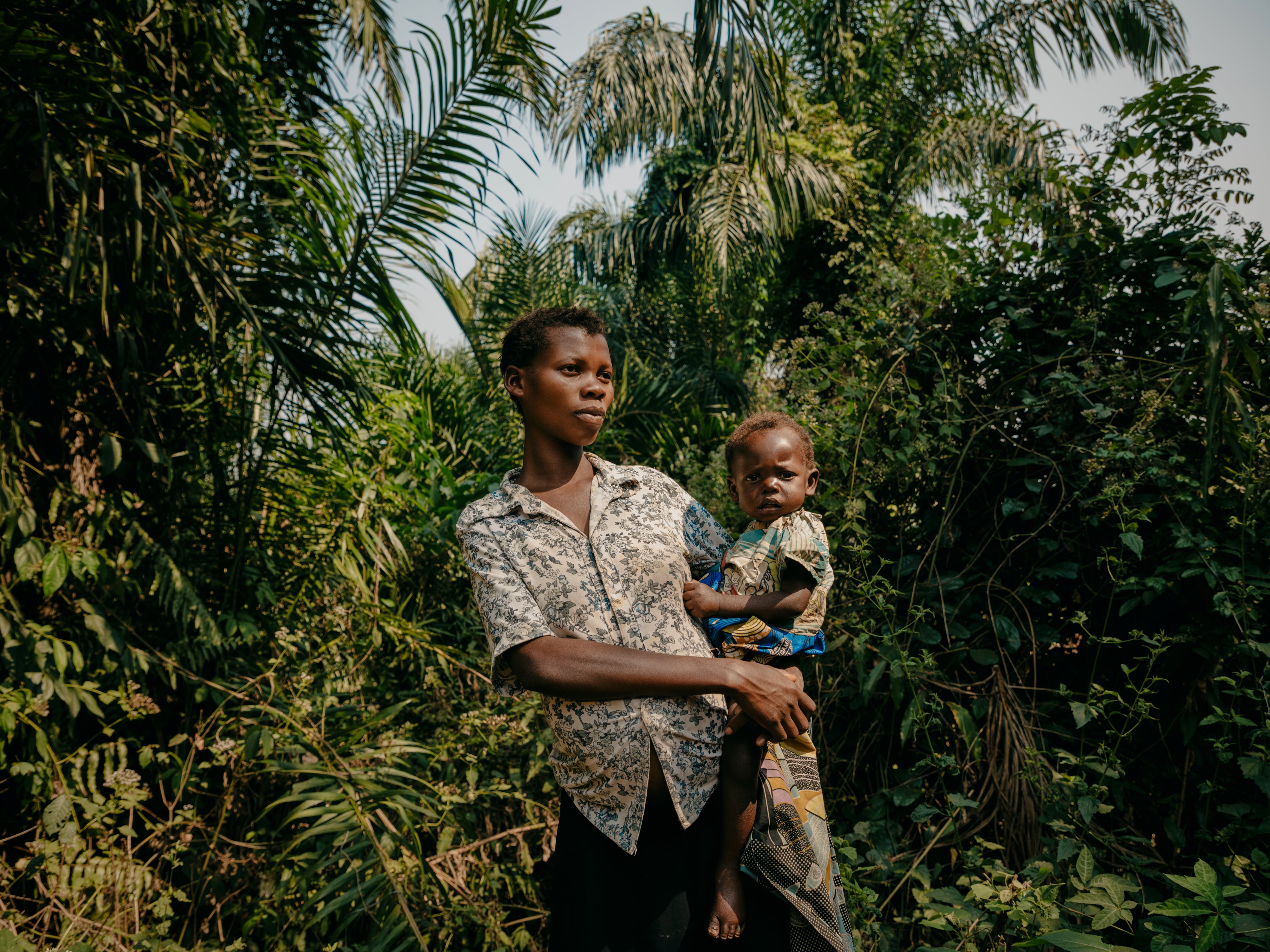
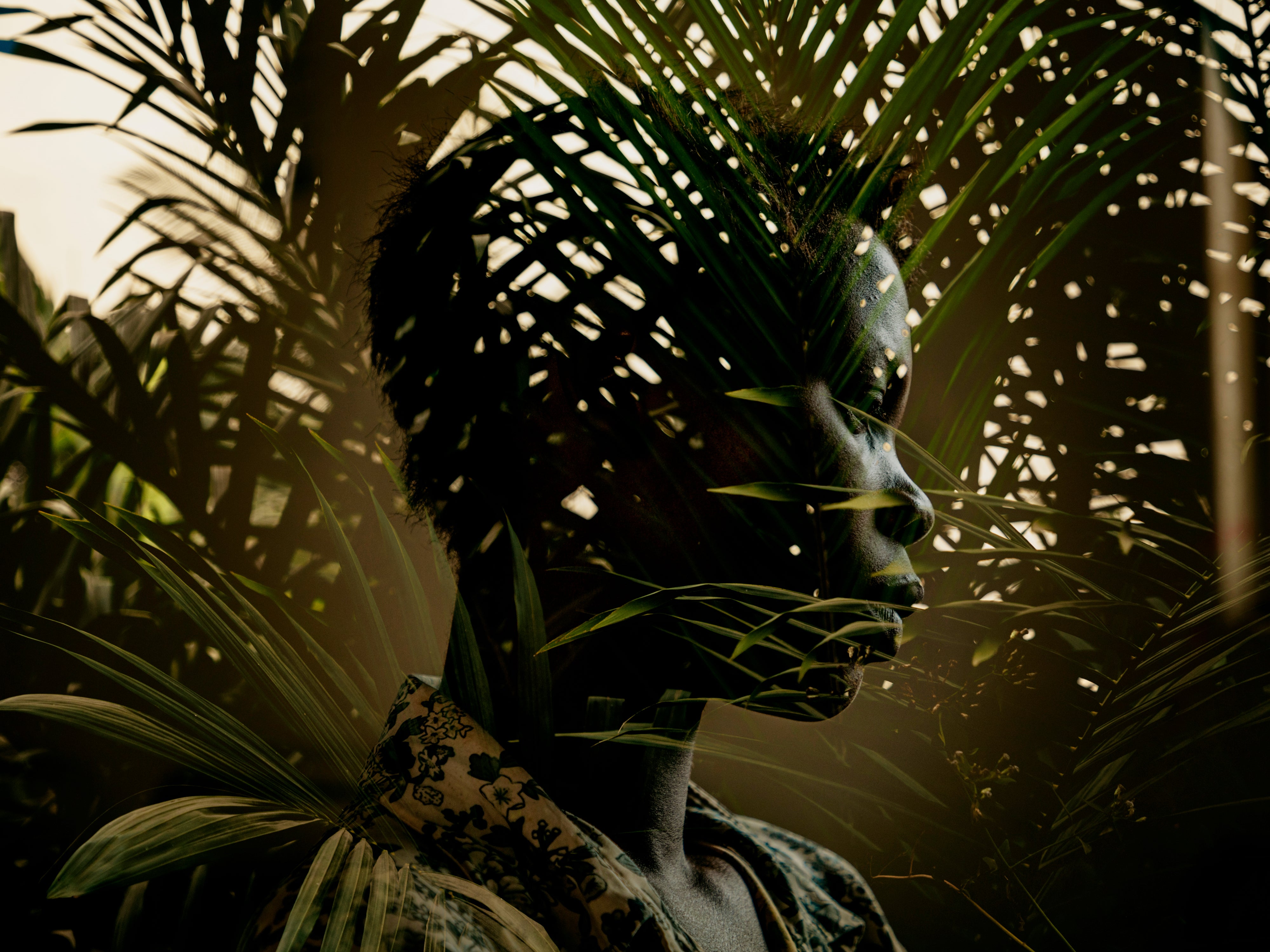
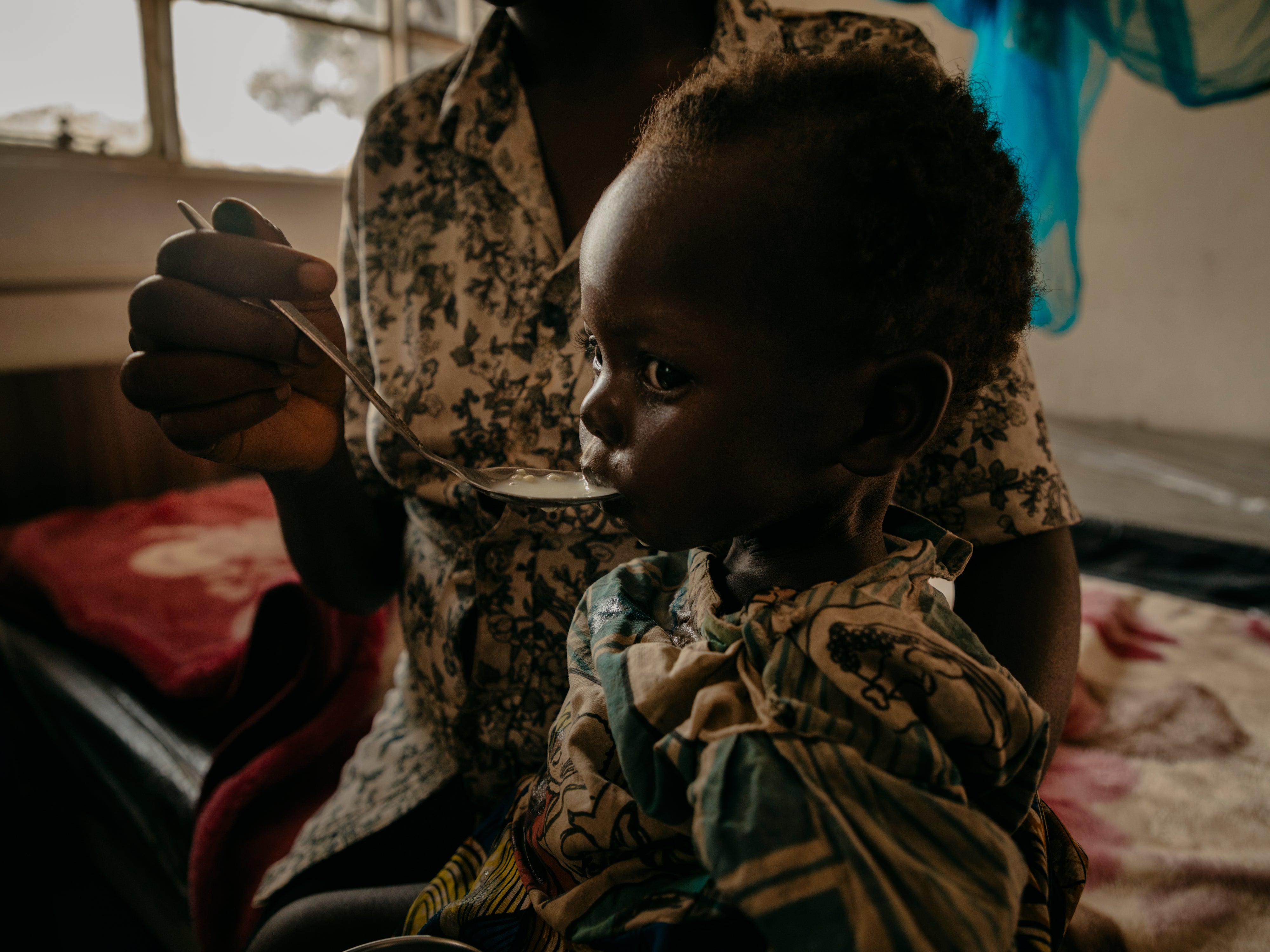
She said: “We eat once a day. Sometimes we spend the night hungry, and sometimes we don’t earn anything all day.
“Eloise*, my child, suffers from malnutrition... her feet and body started to swell up, the nurses told me she has problems with edema because of malnutrition. They started to treat her, giving her food.”
Amavi Akpamagbo, Save the Children’s country director in DRC, said: “Years of conflict, poor harvests and Covid-19 have created a perfect storm for a hunger crisis in this region and pushed millions of people towards starvation.
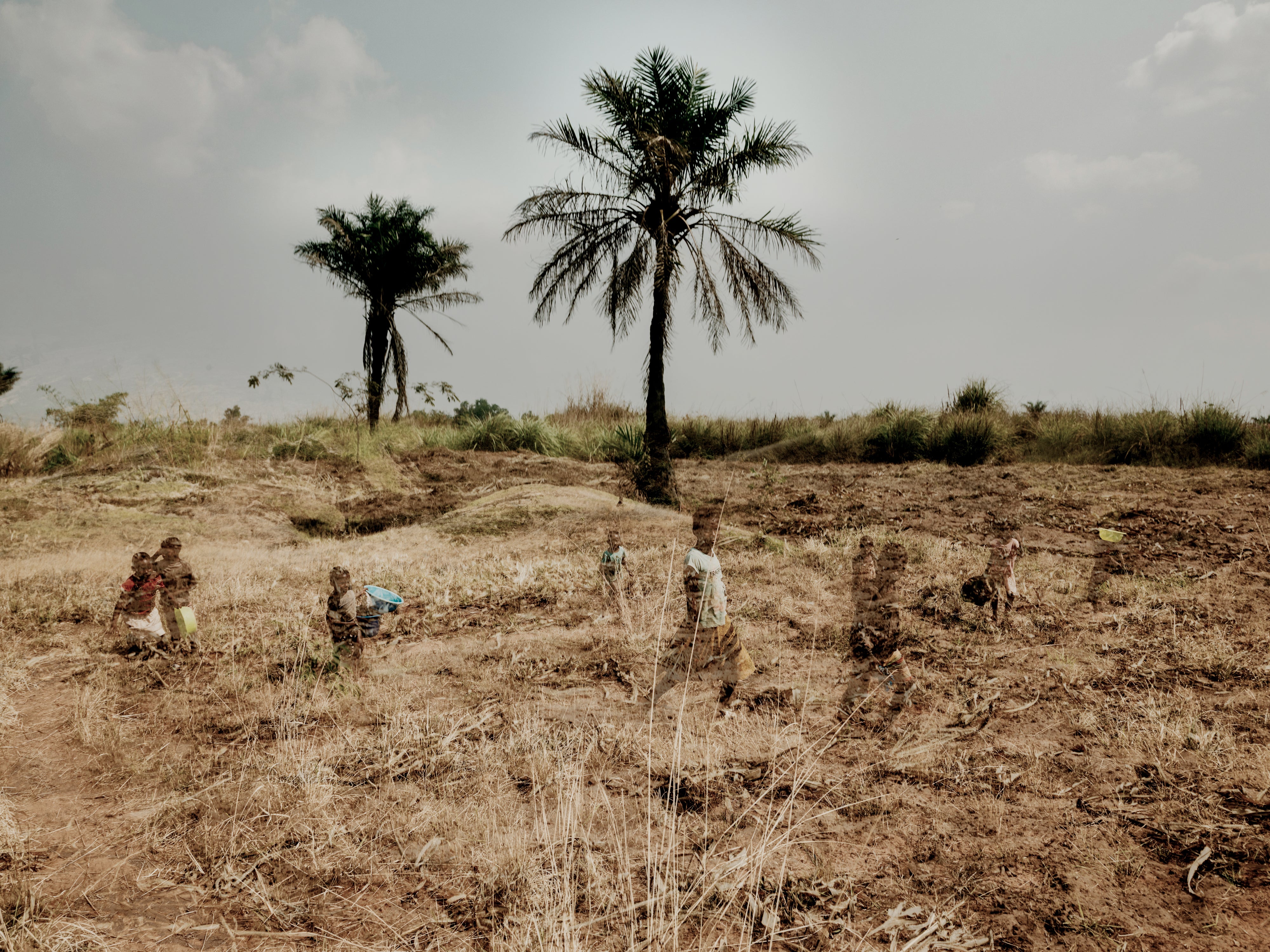
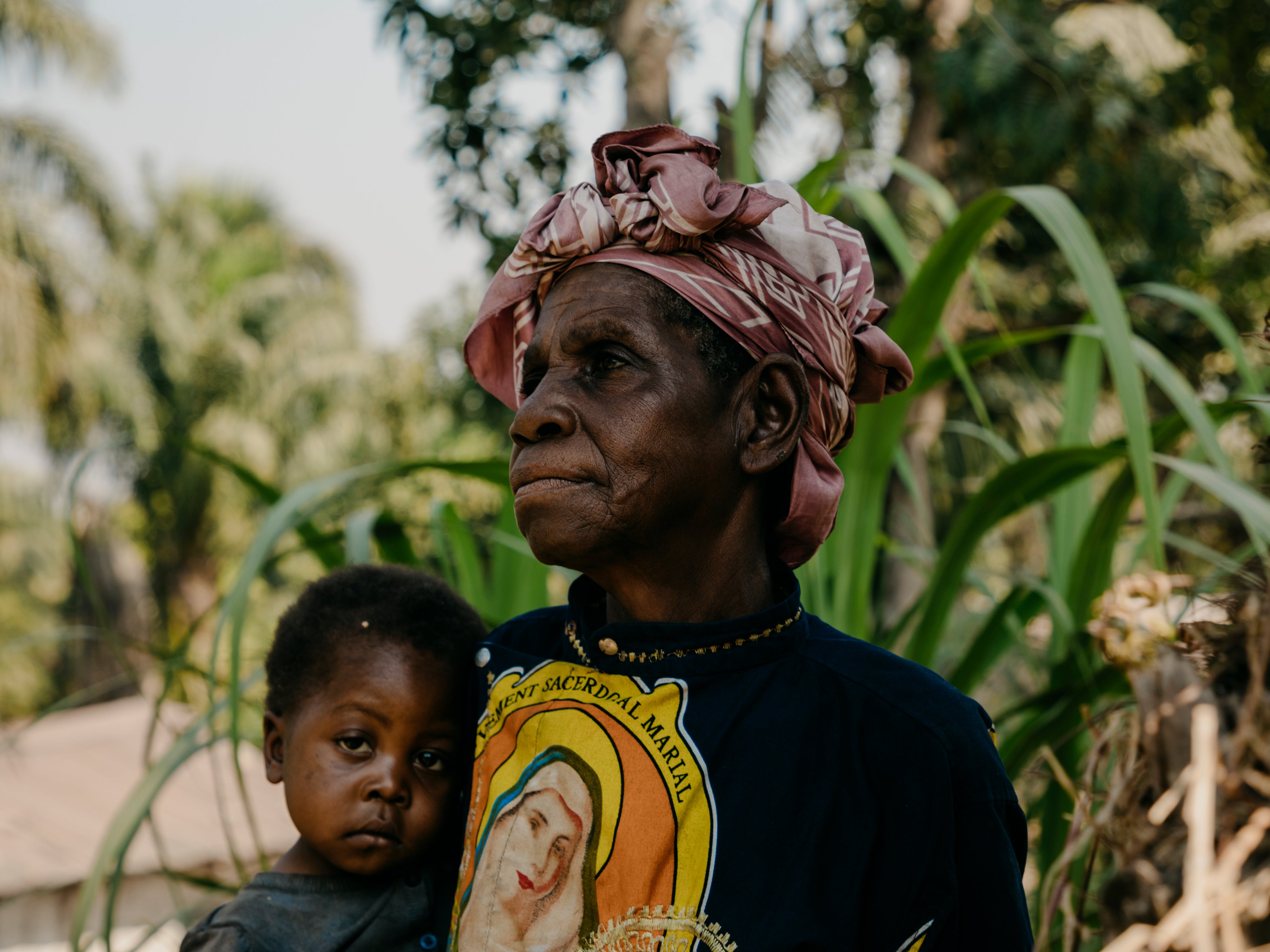
“DRC is the most food-insecure country in the world, with some 27 million people, a quarter of the entire population, who simply do not have enough food to eat.
“The situation is particularly acute for young children and pregnant or nursing mothers who are hit the hardest by the devastating impact of hunger. Latest figures show over 800,000 children and nearly 500,000 pregnant mothers could be pushed to the brink of starvation unless we act.
“Children in DRC have been hit by disaster after disaster, in one of the most complex humanitarian emergencies in the world, and they need our help now more than ever.
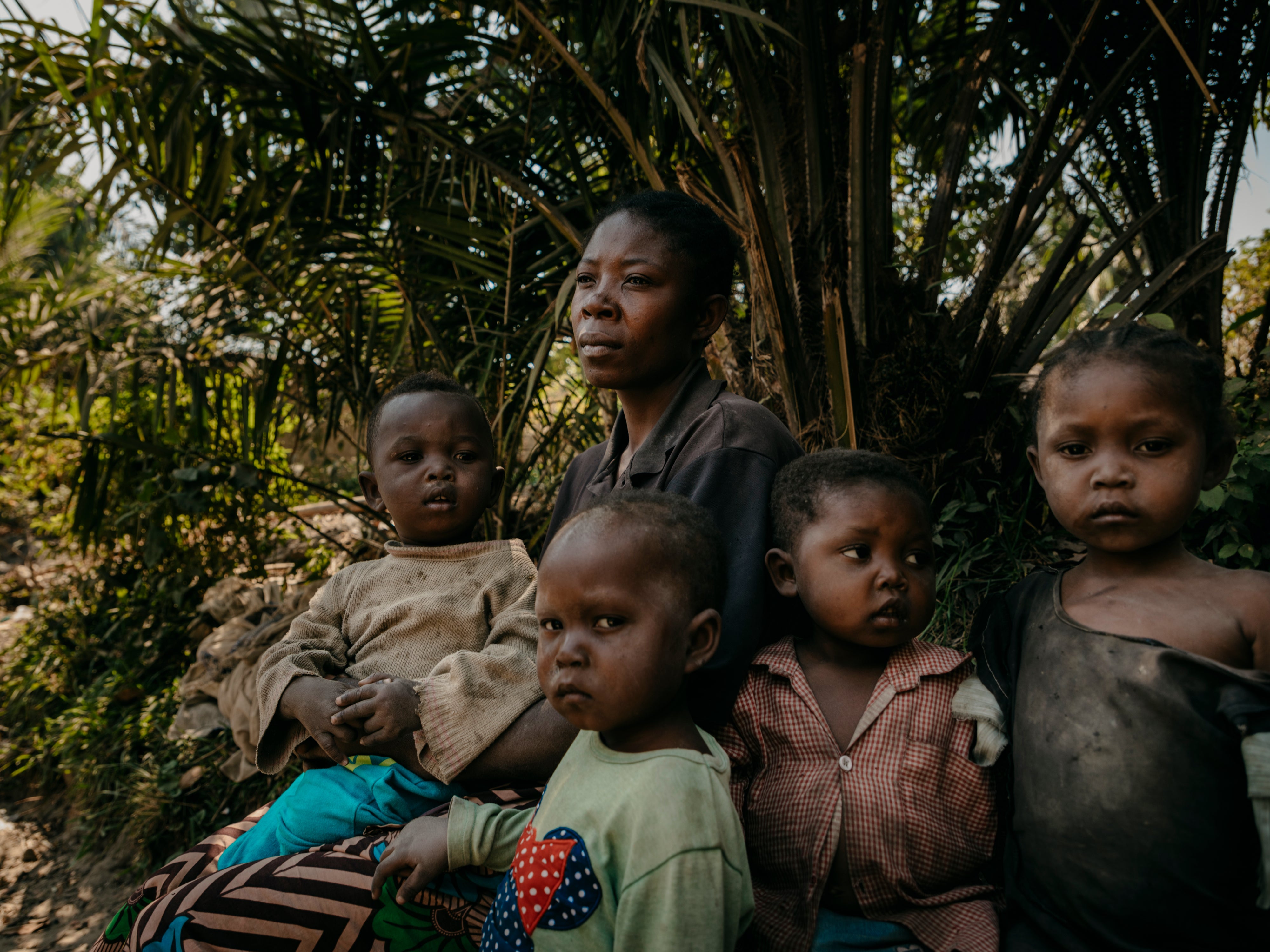
“The future of these children must be saved, and now. The authorities, with the technical and financial support of local and international partners, must find lasting solutions and implement them in practice to put an end to this distressing situation. There’s no vaccine for hunger, but there is a solution if we act now.”
Save the Children runs emergency nutrition activities in villages across the Kasai-Oriental region. This activity supports the treatment of 22,446 children suffering from severe acute malnutrition (SAM) across five areas in Kasai.
Find out more about Save the Children’s hunger appeal here
* names have been changed







